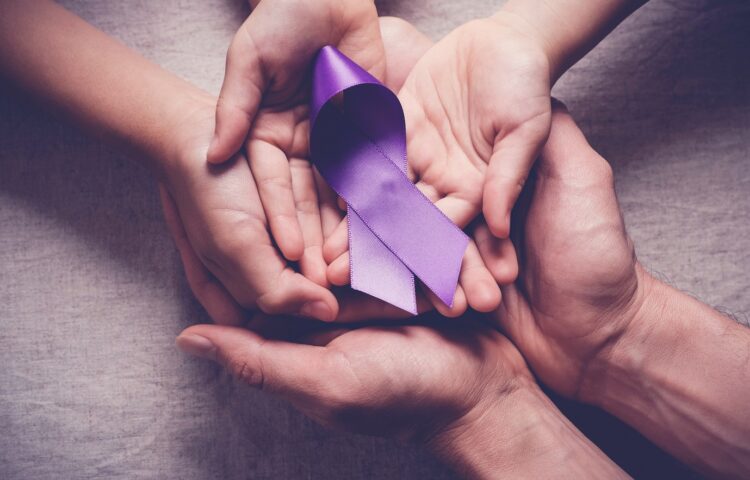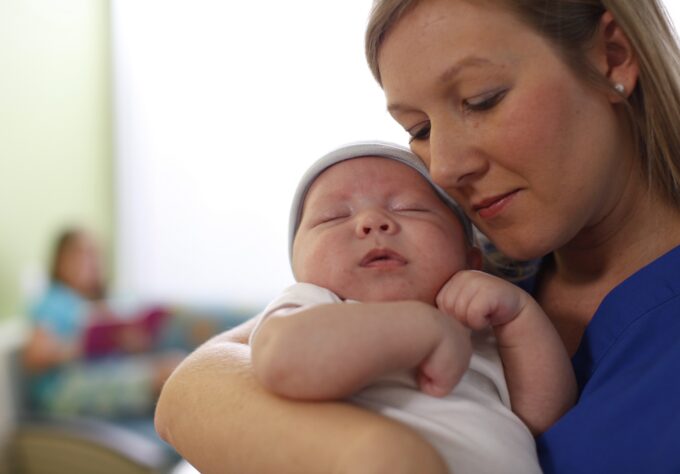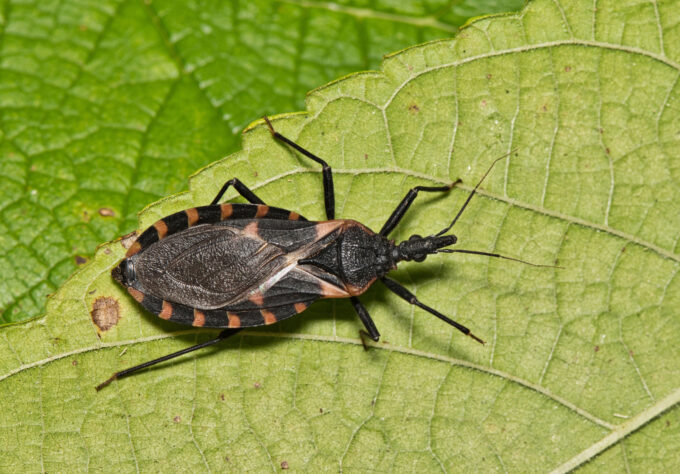Being diagnosed with epilepsy (a nervous system condition that causes seizures) can be alarming and frightening for parents and caretakers. Part of this worry is likely due to some misconceptions about this disease. Let’s talk about 5 myths surrounding epilepsy that should be debunked.
1. We’re alone.
You’re not alone. Epilepsy is not rare. In fact, it’s one of the most common diseases we see in neurology. More people live with epilepsy than people with autism spectrum disorders, Parkinson’s disease, multiple sclerosis, and cerebral palsy – combined! A study published in 2011 found 1 in 26 people will develop epilepsy during their lifetime. That’s like one child in each classroom at a typical school! So it’s not as rare as you may think. Because of this, there are several support groups to help people who are newly diagnosed become familiar with epilepsy and help them navigate their life with this new disease.
2. I cannot be successful once I’m diagnosed with epilepsy.
Everyone’s epilepsy story and journey is different. Some face more challenges and hardships than others as they battle with seizures. However, there are people who embrace these challenges as they work with their neurologists to control their seizures and are still able to live life to its fullest. Examples of famous people who were diagnosed with epilepsy include: Lil Wayne, Prince, Theodore Roosevelt, Danny Glover, and Neil Young – to name a few.
3. Grand mal seizures are the only type of seizures there is.
Just like there are several different flavors of ice cream, there are several different types of seizures. Grand mal seizures, or convulsive seizures, are the more common type people are familiar with, where a child will lose consciousness and is stiff with rhythmic jerking movements in both arms and legs. But there are other seizure types. Some children will stare and are unresponsive during the seizure but have no recollection of what happens afterward. Some have rhythmic twitching in one arm or hand that cannot be stopped. The seizure semiology, or the symptoms a child exhibits during a seizure, depends on what part of the brain is involved. For example, if the part of the brain involved in generating the seizure controls leg movement, symptoms will show up in the leg. An EEG (electroencephalogram) study records brain activity and can reveal abnormalities to help understand which part of the brain is involved in generating the seizure.
4. Once my child is diagnosed with epilepsy, it’s for life.
Some children can outgrow their epilepsy. One way to think about it is that their brain needs time to “mature” and outgrow the hyperexcitable state that can lead to seizures. Do keep in mind, not every child can outgrow their epilepsy. If your child has normal development, normal neurological exam, and normal EEG, there is a good chance they will outgrow their epilepsy and be successfully weaned off anti-seizure meds. But everyone’s epilepsy story and journey is different. If you have questions, talk to your child’s neurologist.
5. You can easily tell when a seizure is about to happen.
Although many people can have a feeling or sensation that warns them they are about to have a seizure (known as an aura), seizures are unpredictable. These auras or “warning” signs are actually part of the seizure and can help a person find a safe place to ensure they do not hurt themselves. However, we cannot predict when seizures are about to occur. There is ongoing research in this arena to better help our patients.
Both your neurologist and you as parents/caretakers have the same goal: we all want what’s best for your child and to allow your child to live life to its fullest. To achieve this requires a constant partnership that requires an ongoing conversation to address your questions so we can provide the best care for your child.
More Info
Epilepsy (for Teens) – Nemours KidsHealth



